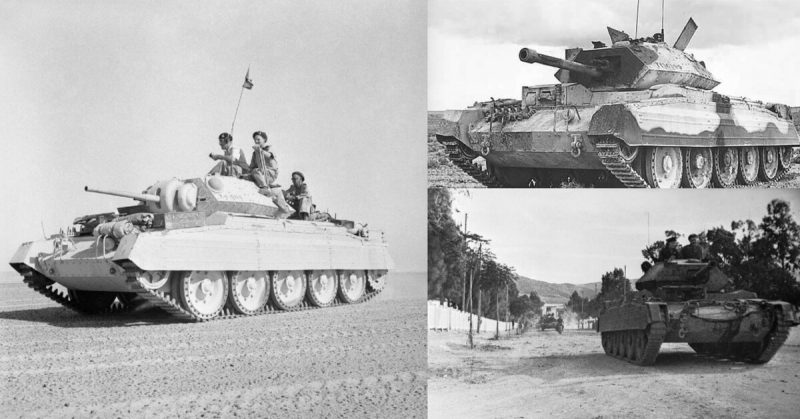When the British Army introduced the A15 Crusader, it presented a new kind of balance in armored warfare ― a swift tank with enough firepower to compete with early medium tank designs.
It was called the cruiser tank, and its role on the battlefield was similar to the role of cavalry which was becoming more and more surpassed in modern armies.
Its three main variants were the Crusader I, II, and III. The first one was designed in 1940, with the Crusader III entering service in 1941.
This variant of the tank was armed with an Ordnance QF six-pounder (57mm) main gun.
It could achieve the speed of 26 mph (42 km/h), which allowed the tank to conduct cavalry-like charges to break enemy formations.
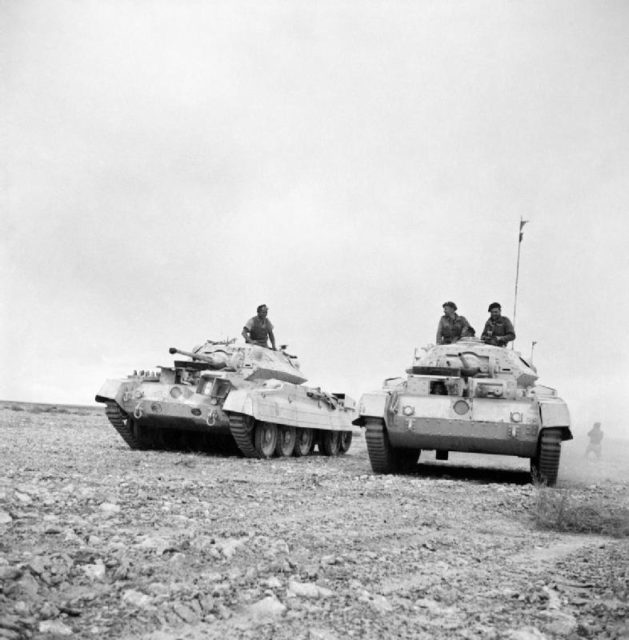
Since it was mainly used in Africa, its mix of speed and firepower was intended to serve in the desert conditions, but the tank proved to be unreliable.
Nevertheless, its main gun, together with one or two BESA machine guns (which were the British versions of the Czechoslovakian ZB-53) the tank presented itself as a fair foe against Italian and German light and medium armor.
Still, it was no match for the true king of the desert ― the German Tiger I tank, which was practically invincible during the African campaign.
Its armor, on the other hand, had to be reduced and it ranged from 40 to 50 mm, depending on the variant of the tank.
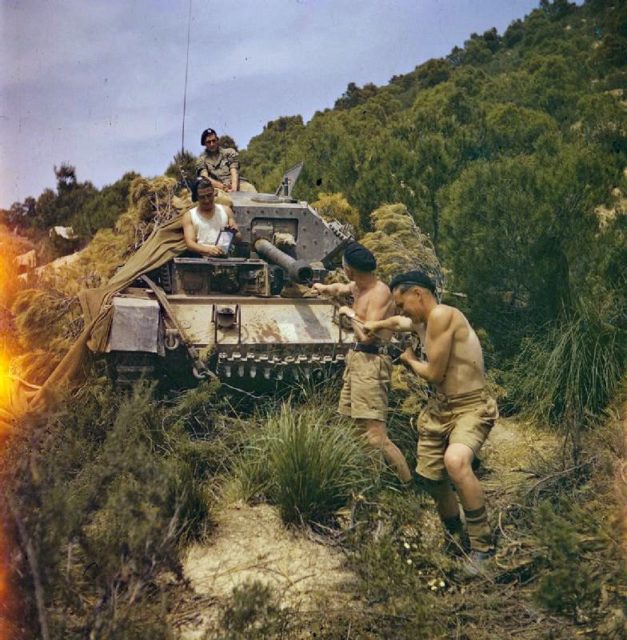
During the African campaign, the Crusader quickly became part of the standard arsenal of the famous 7th Armored Brigade, best known under the nickname “Desert Rats.”
Its use was generally tied to North Africa, as the flat desert terrain provided best grounds for using the tank’s speed and maneuverability.
Even though it showed fairly good results in battle as the war effort progressed, the Crusader wasn’t exactly a game-changer due to its variety of defects and malfunctions which plagued the tank from the very beginning of its service.
Also, the tank was notorious for its ability to “brew up”― meaning that its internal design was flawed and on certain occasions, a single hit could lead to the complete destruction of the tank, deeming it unrepairable and useless.
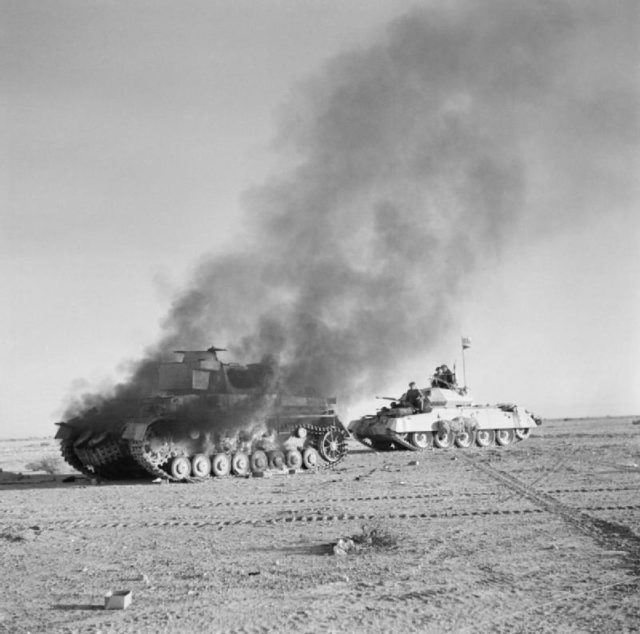
The Crusader first saw combat during Operation Battleaxe ― an attempt to break the siege of Tobruk. A group of Crusaders fell into an ambush, losing 11 tanks on their first mission.
Their reputation started to deteriorate. The lack of railroads in North Africa forced the tanks to travel long distances, thus being developing more malfunctions and needing more repairs.
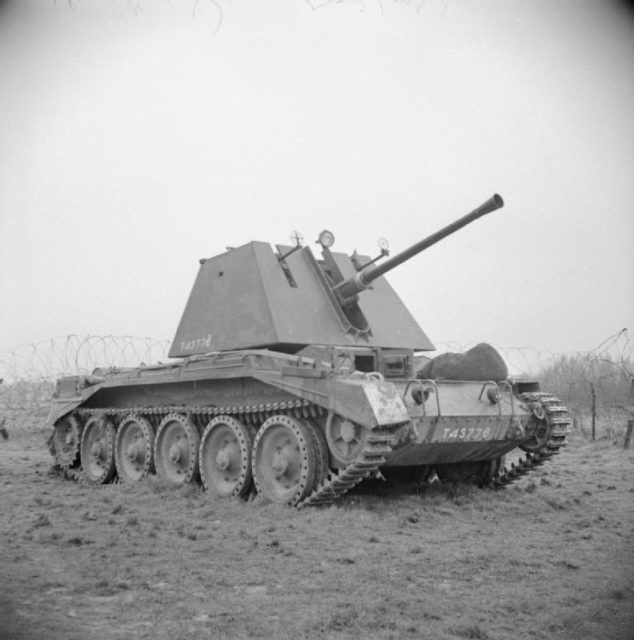
The tanks lacked spare parts, so many of them were decommissioned before even entering combat.
Nevertheless, its speed was still a matter of interest for British tank designers, so they decided to use the tank’s chassis and mount AA guns on it or making it a self-propelled artillery vehicle. Other uses regarded the Crusader suitable for a transport role.
It served as a tractor to tow heavy artillery guns and as an armored reconnaissance vehicle.
